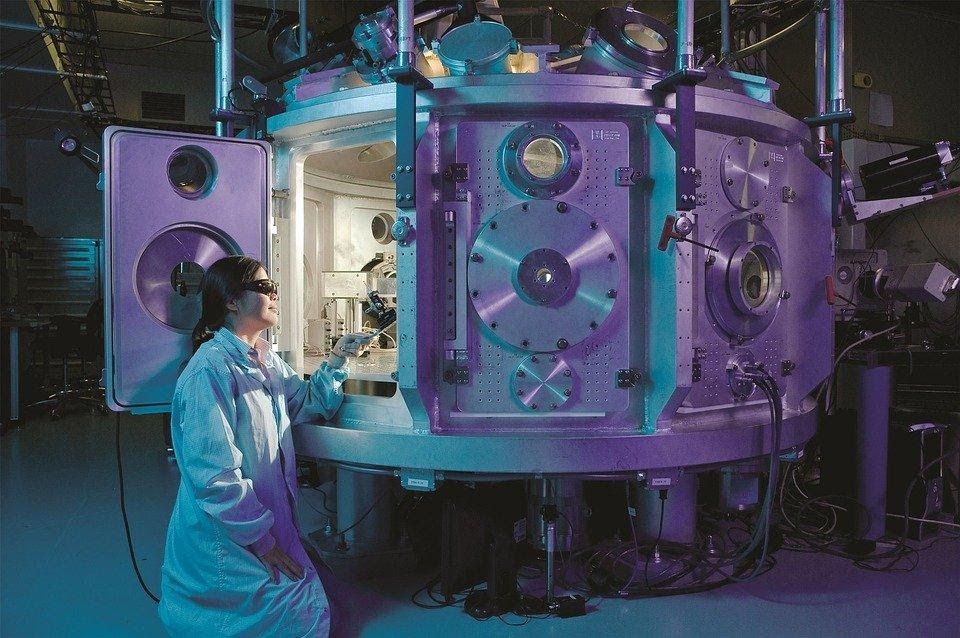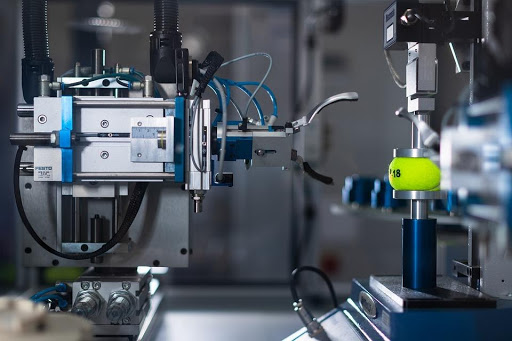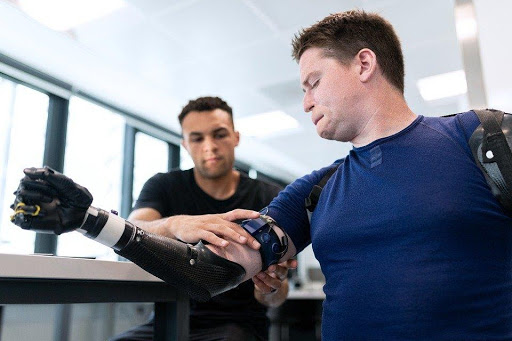Everyone who is looking to develop their product should undergo some form of product testing. Product testing comes in two forms, testing the product itself for performance issues and market research to see if the product will be welcomed by consumers.
Market Research Testing Methods

When you are ready to begin market research, there are different methods of how to present your product to the person you are looking to gather data from. Each form of data gathering has their own benefits and provides different depths of information, depending on the feature on display and the method of presentation chosen. Don’t let the fancy terms scare you, these are easy to understand once explained.
Sequential Monadic Testing
This form of testing involves showing one product, aspect, or stimulus of a product at a time, however, the recipient of the test will be shown several alternatives of the feature for comparison in a sequential order. Rather than showing all the alternatives at once and having the subject pick their favorite, having a sequential order allows for exploring and understanding the smaller preferences and differences between the concepts.
With sequential monadic testing there is the risk of order bias, so it is important to randomly change the order in which the concepts are shown. Sequential monadic testing comes with what is called a “suppression effect” in which the results of the sequential monadic test are not as reliable as that of a pure monadic test, defined below. The reason for this is in addition to the order bias, there is an interaction effect where if a subject finds one or more of the products to be superbly exceptional, the other products will be ranked disproportionately lower and vice versa.
This doesn’t make the test useless, it is still important to determine consumer preferences.
Monadic Testing
Monadic testing provides a test subject with a single product, aspect, or stimuli to evaluate. This allows the person being tested to provide an open minded opinion of the product without the bias of other products. Consequently, more questions can be asked about the product without tiring the recipient of the questions. It provides a more realistic simulation of what a consumer’s experience with your product will be like, since people generally only experience one product at a time.
Paired-Comparison Testing
Paired Comparison Testing is what it sounds like. Only a pair of products, features, or stimuli are revealed and tested by asking a subject which is preferred. This is useful for measuring small differences or preferences between competing products. However it can’t measure how good or bad a product is, only which feature or product is preferred.
Proto-monadic Testing
A proto-monadic test is a monadic test or sequential monadic test that ends with a paired-comparison test. The ending paired comparison test is an extra level of validation to verify the results. They provide an extra layer of data and combining tests helps keep respondents engaged.
An Example of Market Research Success from Lego

A perfect example of the results of successful market testing can be seen by Lego’s efforts to market to young girls.
During 2012, Lego took an interest in seeing what the demographics of their consumers were. After some surveys of their customers they found that only 9% were female.
They undertook an extended series of testing and market research to get a better understanding of the playing habits and preferences of young girls.
Through their studies, they found that girls were much more interested in the interiors of buildings, such as doll houses. They also prefer building environments rather than just a single structure.
With their newfound insights, Lego launched Lego Friends in 2012. The series of toys marketed to girls quickly became a hit with the value rising from $300 million to $900 million between 2011 and 2014.
Product Testing

Product testing is the performance of a wide variety of different tests on a product. The goal is to test and measure the durability, safety, performance, of a product and to expose any flaws it may have.
Some products require a certain level of testing to be sellable in the United States. For example, all children’s products must pass a level of testing by an approved Consumer Product Safety Commission (CPSC) laboratory. You can learn more about what compliance you need from our blog post on product compliance.
Types of Product Testing
The most successful product tests are often the most thorough ones. The more features and performance aspects you can test will help reveal any issues that your product may have.
If you are unable to test a product yourself, you can contract with a product testing firm to run the tests.
Some product testing firms will come up with custom tests for your products, but below are the most common tests you will find.
Highly Accelerated Life Tests (HALT)
Highly Accelerated Life Tests (HALT) take place in the beginning stages of a product’s life cycle. They are used in the initial developing stages and are used to help uncover potential future errors in a product before too much development has taken place to save money.
Highly Accelerated Stress Screening (HASS)
Highly Accelerated Stress Screening (HASS) tests are used to detect problems during the production and manufacturing stages of a product’s life cycle. They are done after the product has been designed and prototyped and begin when the product is being manufactured. They are used to improve production processes.
Mechanical Endurance Testing
These are used to take a product through what kind of stresses it will endure in its normal life cycle. These can include forces such as strains, shocks, vibrations, impacts. The test will reveal the limits of what the product can endure and identify points of durability that need to be improved.
Accelerated Weathering
The accelerated weathering test is used to simulate the weather and climate elements a product will be subjected to, including extreme cold or heat, hail, rain, sunlight, and moisture. The typical types of items that go through this testing are furniture, automotive and construction parts, agricultural equipment.
Vibration and Shock Testing
Vibration tests subject a product to vibrations at varying frequencies. Shock tests involve applying sudden low and high levels of impact to a part. There are many different kinds of vibration tests including dwell tests, sine sweeps, resonance search, and random vibration tests.
Environmental Stress Screening (ESS) Testing
ESS Testing refers a number of various tests that mimic certain environmental stresses a product will encounter. This is different from accelerated weather testing as not all the environmental stresses will be due to the weather. ESS tests include simulations of environments with extremely hot temperatures, corrosive or acidic environments, and other vibrations.
Accelerated Life Cycle Testing
This form of testing puts as many stresses as possible on a product to simulate its life cycle and uncover points of weakness. Life cycle testing allows the manufacture to estimate the product service life. The results of the test also help predict when any needed maintenance should be performed and what relevant warranties or guarantees should be provided.
Thermal and Humidity Testing
This test simulates a product’s exposure to moisture and temperature changes. Some of these tests include moisture-resistance testing, humidity cycling, and high temperature testing. They identify the limits of a products capacity for temperatures and humidity.
When to Start Product Testing

There are two methodologies when it comes to product testing, agile and waterfall.
Waterfall testing involves testing the product when it is complete. Agile testing involves testing every component as it is completed.
Here are the details on both methods:
Waterfall Model
Following the waterfall model makes testing easier to manage and works well for smaller sized projects where the requirements are easy to understand. Because it’s more focused on macro managing, delivery times are often quicker.
Where it may fall short is if the project requirements aren’t made clear, issues won’t be found until development is complete. This can lead to more expensive costs to fix the project. It also isn’t ideal for larger development projects for this reason, having to backtrack and fix a problem that could have been found much earlier can lead to costly delays.
Agile Model
Agile testing involves testing when each functional component or stage is completed. It is suited for clients that want to be involved in every stage of the process. Generally, it is better for longer term projects, as errors and flaws can be caught and corrected nearly immediately without having to reverse or change many parts of the product.
However, with so many rounds of testing, the agile method often extends the development time, and projects can readily go off track if the project manager is not clear on what the expected outcome is.
Benefits of Product Testing

Passing Compliance Requirements
A product may need to pass a certain level of testing to pass regulation. It can also be required to maintain standards within an industry, or to win contracts with another firm. Some compliance standards are mandatory, others are voluntary but are used as a selling point for proof of quality.
Validating Intended Use
Before a product is brought to the market, extensive product testing should always be done to catch any flaws and make sure the product serves its intended function. This can help save money and protect a company’s reputation with its clients by ensuring they don’t have a bad experience with its product. Few things can sink a company quicker than a malfunctioning or even unintentionally hazardous product line.
Improves Technical Communications
In order to provide training programs, user manuals, and marketing materials, companies need to know the results of their product testing in order to accurately communicate the technical specifications of their products and how to use it. Information such as life expectancy, durability, and when to perform maintenance can’t be established without testing.
Provides Evidence for Legal Processes
Product testing can help get you obtain a patent. In fact, in many cases, testing your product is necessary to pass the patent application process.
Proper testing can also assist in any potential liability issues or with litigation. Demonstrating that you have taken all the proper precautions to make sure your product is safe will go a long way towards resolving issues.
Cost Reduction
Product testing can catch problems in the development process and allow them to be fixed before going to production. It can also help avoid legal costs, avoid excessive warranty payments, and reduce the need for any after sales services.
Increased Profit Margins
Collectively, product testing increases profits by reducing costs and can aid in increasing sales. It mitigates risk and allows for better marketing media to be produced, generating more income. The testing helps improve product quality which helps the product sell more.
If you are interested in developing your product, contact us here, to see if we can help.
